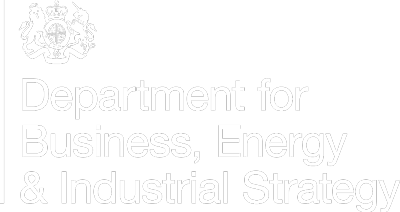Lyonsiella subquadrata (Jeffreys, 1882)
Verticordioidea : Verticordiidae |
| Tebble name: | n/a |
| Smith & Heppell name: | Lyonsiella subquadrata (Jeffreys, 1881) |
To size: To 3mm. Shell Structure: Thin, fragile. Equivalve: Equivalve. Equilateral: Inequilateral, beaks in the anterior quarter. Tumidity: Moderate. Outline: Rhomboidal, subrectangular with posterior dorsal margin subparallel with ventral margin; posterior dorsal margin long, sloping gently; posterior broadly rounded to subtruncate; ventral margin long gently curved; anterior much narrower than posterior narrowly rounded, deep indentation in front of umbos. Contour: Umbos prominent; shallow radial sulcus down median anterior slope.
Sculpture: Radial lines absent, concentric lines weak; overall with conspicuous spinules these becoming lost in some shells. Margin: Inner margin smooth. Ligament: Opisthodetic, small, internal with a lithodesma. Hinge: Teeth absent but irregular thickenings present. Pallial Musculature: Obscure. Periostracum: Obscure. Colour: Dirty white.
Distribution & Ecology
Depth Range
Continental Margin Zone (200 - 500m)
Bathyal (500 - 2000m)
Abyssal Rise (2000 - 4000m)

Additional Information & Related Species
Key Features & Similar Species
Related Species
Verticordioidea : Verticordiidae
References
Listed are literature citing Lyonsiella subquadrata (Jeffreys, 1882). Reference containing the species Type Description is highlighted.
|
Jeffreys J.G. 1882. On the Mollusca procured during the ‘Lightning’ and ‘Porcupine’ Expeditions, 1868-70. (Part IV). Proceedings of the Zoological Society of London. 1881: 921-952. |
|
Olabarria C. 2005. Patterns of bathymetric zonation of bivalves in the Porcupine Sea Bight and adjacent abyssal plain, NE Atlantic. Deep-Sea Research I. 52: 15-31. |
Resources
- Conchological Society
of Great Britain & Ireland
Provides resources for understanding, identifying, recording, and conserving molluscs - CLEMAM
Check List of European Marine Mollusca - MarLIN
The Marine Life Information Network for Britain and Ireland (MarLIN) provides information for marine environmental management, protection and education. It is a centre of excellence in spatially based and time-series marine biological information and supports good stewardship in the marine environment. - NBN Gateway
National Biodiversity Network's Gateway. Use it to explore UK biodiversity data, as contributed by participating data providers. - BivAToL
- MarBEF
- Malacological Society
- Unitas Malacologica
- Census of Marine Life
- MarBEF
MarBEF, a network of excellence funded by the European Union and consisting of 94 European marine institutes, is a platform to integrate and disseminate knowledge and expertise on marine biodiversity, with links to researchers, industry, stakeholders and the general public.












